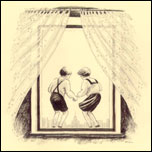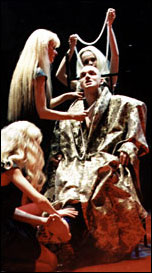The Hungarian Patient: Comments on the “Contemporary Hungarian Art of the 90s”
Two years ago, when the editor of a Hungarian academic journal in art history asked me to write about “the contemporary Hungarian art of the 90s,” I agreed to do so without the slightest hesitation, and proposed a paper on the changes of the institutional framework of the period. Later, when I was setting off to research, I realized that none of the components of the apparently innocent phrase “the contemporary Hungarian art of the 90s” was clear enough to be taken for granted.
How could we define the period of the 90s and the generally established category of contemporary







